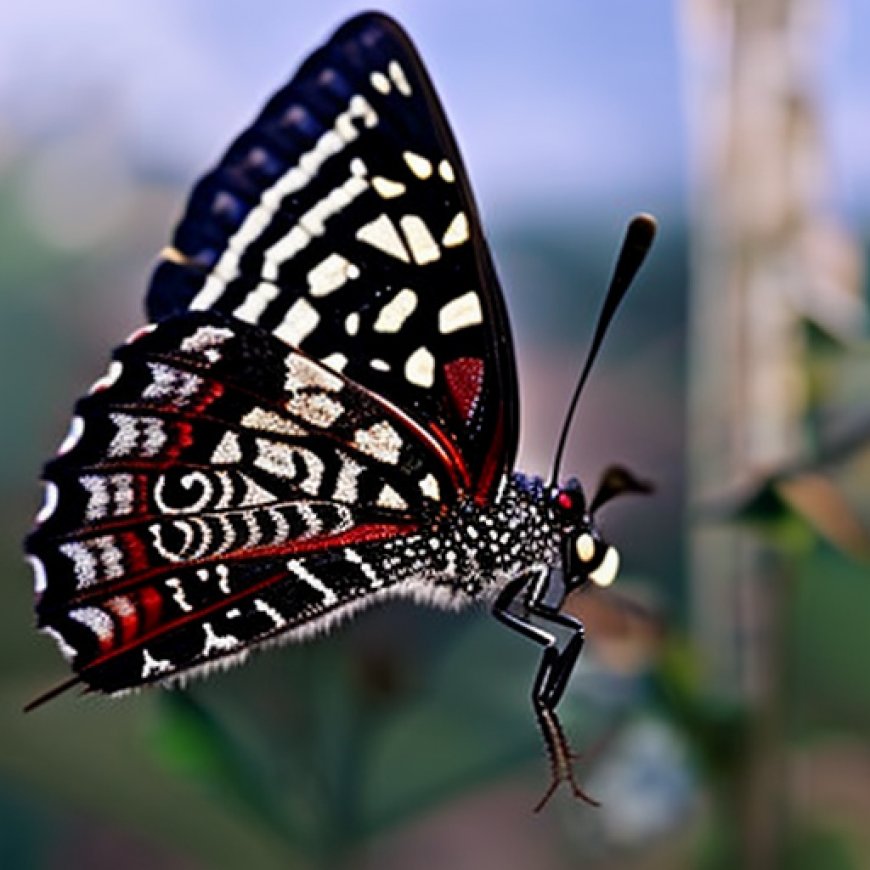New York State and Cornell University Integrated Pest Management Program Provide an Update on Spotted Lanternfly in New York City
New York State and Cornell University Integrated Pest Management ... Department of Agriculture and Markets


Representatives Provide Update on Spotted Lanternfly Control in New York City
Representatives from the New York State Department of Agriculture and Markets (AGM), Department of Environmental Conservation (DEC), and Cornell University’s Integrated Pest Management (IPM) Program visited Roberto Clemente State Park in the Bronx to provide an update on Spotted Lanternfly (SLF). The visit aimed to address concerns raised by New York City residents regarding SLF control. State officials and Cornell experts shared tips with residents on how to combat SLF on their properties, as well as information on the SLF’s life cycle and what to expect for the rest of this summer and through the fall and winter seasons.
New York State Department of Agriculture and Markets State Director of Plant Industry Chris Logue
Chris Logue emphasized the importance of protecting agricultural areas from SLF due to its potential negative economic impact on New York State. He stated that if not contained, SLF could cost the state at least $300 million annually, mainly affecting the grape and wine industry. However, Logue also highlighted the need to inform and educate New York City residents about SLF and provide them with effective management strategies.
Justin Perry, DEC Bureau Chief of Invasive Species and Ecosystem Health & Co-Chair of the Invasive Species Council
Justin Perry emphasized the collaborative efforts between DEC, AGM, and other partners to address the threat of SLF. He mentioned the ongoing work to search for and address SLF, as well as the importance of informing and educating the public and stakeholders about this invasive species.
Brian Eshenaur, Senior Extension Associate, NYS Integrated Pest Management at Cornell University
Brian Eshenaur reassured residents that while Spotted Lanternflies can be a nuisance, they are not harmful to people or animals. He also provided resources for residents seeking help in managing SLF, directing them to the IPM website for approved control methods.
Spotted Lanternfly Control Tips for New York City Residents
- Residents do NOT need to report sightings of SLF, but they should continue to kill SLF to control the population.
- SLF is not harmful to humans, pets, or forest and urban trees.
- The public is encouraged to thoroughly inspect vehicles, luggage, gear, and all outdoor items for SLF. If SLF adults are found, residents should destroy them.
- Residents can use at-home control methods to manage SLF on their properties:
- Traps: Sticky band traps encircling the trunk can be effective, but they must be accompanied by a barrier, such as a wire mesh or screen, to prevent the capture of beneficial insects and animals. (See photos below)
- Circle traps: Circle traps consist of screening that encircles the trunk of a tree, which funnels climbing spotted lanternflies into a container at the top from which they cannot escape. (Watch a video on how to build a circle trap here. See photos below)
- Insecticides: Insecticides can be used if SLF becomes a nuisance. Certified applicators can be hired for tree injections, bark sprays, or soil drenches.
- Vacuum removal: Hand-held or backpack-style rechargeable vacuums can be useful in managing SLF.
- Once the SLF lays its eggs, residents are asked to scrape off egg masses and dispose of them.
For more information and photos on these control methods, including egg scraping, please visit the Cornell IPM website here.
Identifying Spotted Lanternfly and Signs of Infestation
Adult Spotted Lanternflies are approximately one inch long and half an inch wide at rest, with eye-catching wings. They are active from July to December and begin laying eggs in September. Signs of an SLF infestation may include:
- Sap oozing or weeping from open wounds on tree trunks
- One-inch-long egg masses that are brownish-gray, waxy, and mud-like when new
- Massive honeydew build-up under plants, sometimes with black sooty mold developing
While these insects can jump and fly short distances, they primarily spread through human activity. Residents are asked to be vigilant in inspecting and cleaning outdoor items that may carry SLF eggs or adults.
Impacts of Spotted Lanternfly on New York Agriculture
Spotted Lanternflies feed on more than 100 plant species, including grapevines, apple trees, and hops, which are critical to New York’s agricultural economy. Their feeding can stress plants, making them vulnerable to disease and attacks from other insects. SLF also excretes large amounts of sticky “honeydew,” which attracts sooty molds that interfere with plant photosynthesis, negatively affecting plant growth and fruit yield. The economic impact of invasive insects in the United States exceeds $70 billion per year, and SLF could have an impact of at least $300 million annually on New York State, mainly affecting the grape and wine industry.
Efforts to Combat Spotted Lanternfly in New York
Spotted Lanternfly was first discovered in Pennsylvania in 2014 and has since spread to several states, including New York. New York State agencies, including AGM and DEC, are working together to respond to the presence of SLF. Actions taken include conducting surveys, responding to public reports, enforcing quarantines, inspecting shipments, implementing education campaigns, and implementing trapping, treatment, and egg scraping efforts. Cornell University is also conducting extensive research into long-term control and eradication solutions.
For more information on Spotted Lanternfly, visit https://agriculture.ny.gov/spottedlanternfly and agriculture.ny.gov

Join us, as fellow seekers of change, on a transformative journey at https://sdgtalks.ai/welcome, where you can become a member and actively contribute to shaping a brighter future.







